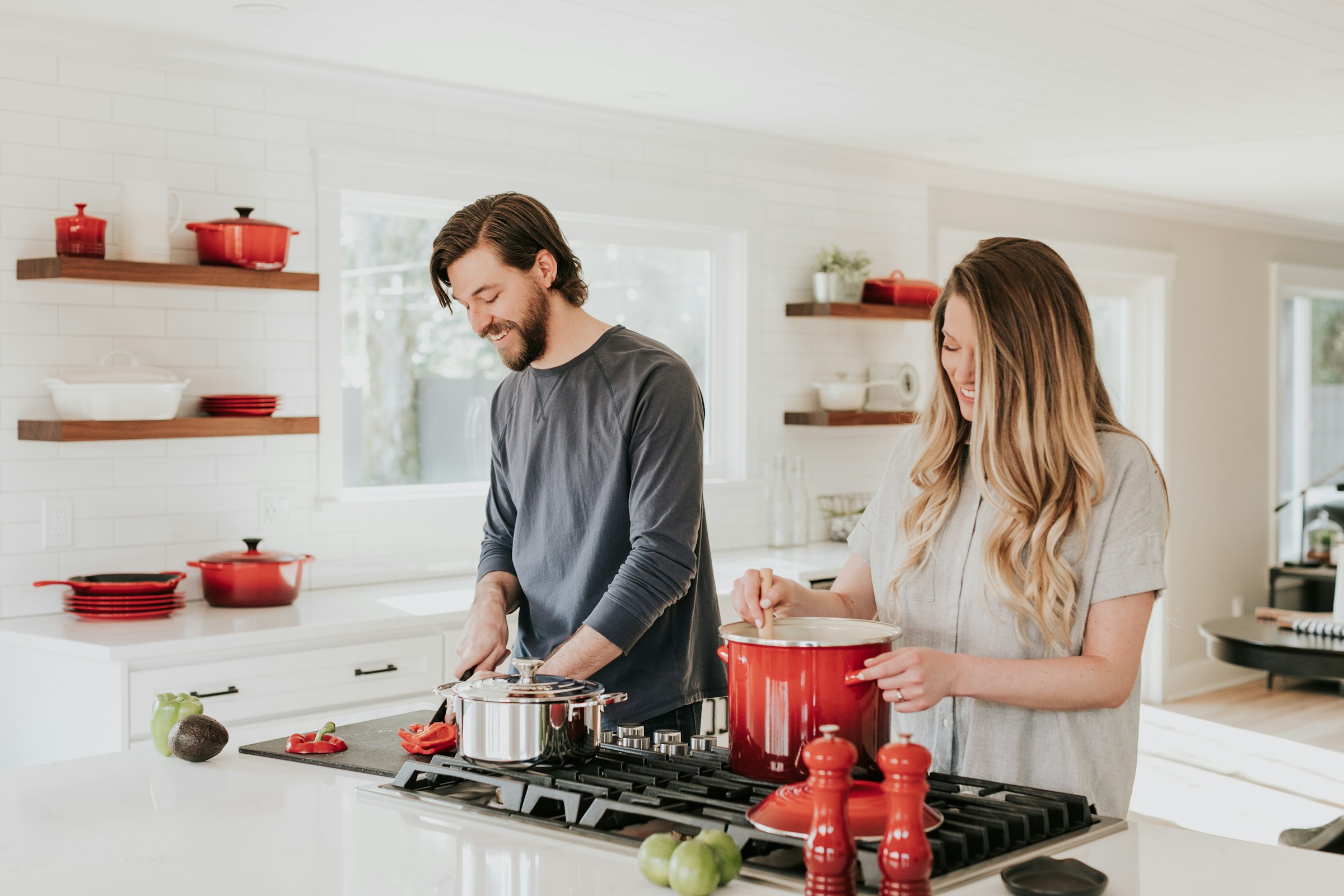Child-Proofing Your UK Kitchen: Stylish and Safe Solutions
Ensuring your kitchen is both stylish and safe, especially when you have children, is a challenge many homeowners face. Here are some expert tips and creative solutions to help you achieve a child-proofed kitchen without compromising on style.
Understanding Your Kitchen’s Physical Constraints
Before you start child-proofing, it’s crucial to understand the physical layout of your kitchen. Consider the size, the positions of doors, windows, and plug sockets, and any structural limitations.
Have you seen this : Ultimate Guide to Selecting Toxin-Free Cookware for Your UK Kitchen
Measuring Up Your Space
To plan effectively, map out your current kitchen layout on graph paper, using metric measurements. Include the location of windows, cupboards, and appliances, as well as the door and window frames. Highlight where the electric sockets, cable routes, plumbing, and waste pipes are located. Moving these elements can add significant costs, so it’s best to keep them where they are if possible.
The Kitchen Work Triangle
The kitchen work triangle, which includes the sink, fridge, and cooker, is essential for efficient movement. Ensure this triangle is no more than seven meters in total distance to make cooking easier and safer for everyone.
Also to read : Transforming Your UK Galley Kitchen: Creative Tips to Maximize Space and Functionality
Secure Your Cabinets and Drawers
Using Safety Latches
One of the most critical aspects of child-proofing your kitchen is securing your cabinets and drawers. Use safety latches that are out of your child’s reach but easy for you to open. These latches can be installed on both base and wall units.
Creative Storage Solutions
For a more stylish approach, consider using cabinets with hidden compartments or clever storage solutions. For example, you can use vented cabinets to hide appliances, keeping them out of reach while maintaining a sleek look.
Protecting Your Countertops and Appliances
Corner Protectors
Countertops and appliances can be hazardous, especially with sharp corners. Use corner protectors to cushion these areas. These protectors come in various styles and materials, ensuring they blend seamlessly with your kitchen decor.
Appliance Guards
Appliance guards are another essential item. These guards can be placed around ovens, stoves, and dishwashers to prevent accidental burns or injuries. They are often designed to be removable and can be matched to your kitchen’s color scheme.
Electrical and Plumbing Safety
Outlet Covers
Plug sockets are a significant hazard in any kitchen. Use outlet covers to prevent children from inserting objects into the sockets. These covers are easy to install and come in various designs to fit your kitchen’s aesthetic.
Secure Plumbing Fixtures
Ensure that any plumbing fixtures, such as faucets and sinks, are securely installed and out of reach. Consider using faucets with child-proof handles or installing a faucet guard to prevent accidental water splashing.
Stylish Storage for Hazardous Items
High Shelves and Locked Cabinets
Store hazardous items like cleaning supplies, sharp objects, and medications on high shelves or in locked cabinets. This ensures they are out of your child’s reach while keeping your kitchen organized and stylish.
Decorative Baskets and Containers
Use decorative baskets and containers to store items that need to be kept out of reach but still look aesthetically pleasing. For example, you can store kitchen utensils in a decorative basket hung from the ceiling or on a high shelf.
Kitchen Layout Considerations
Clear Pathways
Ensure there are clear pathways in your kitchen to prevent tripping hazards. Maintain at least 120cm clearance between parallel runs of kitchen units so that two people can move around comfortably.
Breakfast Bars and Islands
If you have a breakfast bar or island, ensure it is designed with safety in mind. Use rounded edges and secure any stools or chairs to prevent them from tipping over.
Table: Key Measurements for a Safe and Functional Kitchen
| Element | Height (cm) | Width (cm) | Depth (cm) | Notes |
|---|---|---|---|---|
| Base Unit | 72 + plinth | 30-1000 | Up to 60 | Ensure clearance for end panels |
| Wall Unit | 72-90 | 30-1000 | 30 | Leave 40cm clearance between worktop and wall units |
| Worktop | 90 | 2.5m, 3m, 4m | 2-4cm thickness | Ensure elbow height is above worktop |
| Sink | – | 76-95 | 44-50 | Choose a sink with rounded edges for safety |
| Cooker | 90 | 50 | 60 | Ensure oven door opens safely without obstructing pathways |
| Fridge/Freezer | 140-180 | 50-60 | 56-65 | Position to avoid blocking pathways and ensure easy access |
| Dishwasher | 85-88 (full) / 80 (slimline) | 60 (full) / 45 (slimline) | 54-60 | Install with safety guards to prevent accidental opening |
Adding Style While Ensuring Safety
Use of Color and Texture
While child-proofing, you don’t have to sacrifice style. Use a fresh lick of paint or add soft features like cushions and throws to regenerate life into your kitchen space. Bold colors and textures can also make a statement without compromising safety.
Decorative Finishes
Small changes and additions can make a big difference. Match countertop items with the finish and design of your appliances and hardware to create a cohesive look. Introduce house plants in hanging baskets to bring a natural aesthetic to your kitchen.
Creative Lighting
Use creative lighting solutions to highlight safe areas and create a welcoming atmosphere. For example, under-cabinet lighting can illuminate workspaces while keeping the floor clear of tripping hazards.
Child-proofing your kitchen is a necessity, but it doesn’t have to come at the expense of style. By understanding your kitchen’s layout, securing cabinets and appliances, and using stylish safety solutions, you can create a space that is both safe and aesthetically pleasing. Remember, the key is to balance functionality with design, ensuring your kitchen remains the heart of your home where everyone can feel safe and comfortable.






